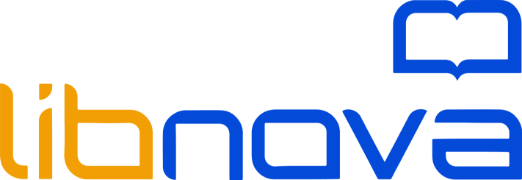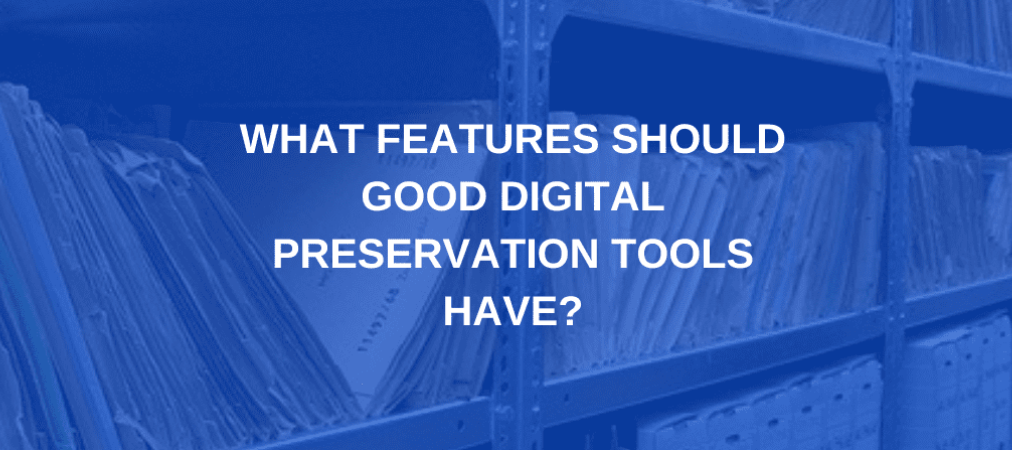Many institutions rely on powerful digital preservation tools to protect valuable digital archives. The question is what features a good digital preservation tool should have. How can we choose the right one?
You will find the answers to these questions in today’s post.
Read on to discover the five must-have features of every digital preservation solution (there is a bonus section at the end with valuable insights you’ll like).
Digital preservation tools are essential for safeguarding digital content
Before discovering what features a good tool should have, we must first understand what these tools are for and how many types we can find.
Digital preservation tools are designed to ensure the long-term accessibility, usability, and integrity of digital content. They encompass a variety of software solutions and strategies aimed at managing, protecting, and maintaining digital assets over time.
The types of tools can vary based on their specific functionalities and intended use cases, including:
- File format conversion tools to convert digital files from obsolete or proprietary formats into more sustainable and widely supported formats, thus ensuring continued access to the content.
- Storage and backup solutions, focus on securely storing digital content and creating backup copies to guard against data loss due to hardware failures, disasters, or other unforeseen events.
- Digital asset management systems (DAMS), are comprehensive platforms designed to organize, catalog, and manage large collections of digital assets, providing functionalities for metadata management, version control, and access control.
- Fixity checking and validation tools, verify the integrity of digital files over time by generating and comparing checksums or cryptographic hashes, helping to detect any unauthorized alterations or data corruption.
- Emulation and virtualization tools, these tools and technologies recreate obsolete hardware and software environments, allowing legacy digital content to be accessed and experienced in its original context.
- Metadata extraction and preservation tools, these tools extract and preserve essential metadata associated with digital objects, including descriptive, administrative, and technical information, to ensure their proper identification, management, and interpretation.
- Digital Rights Management (DRM) Systems, control access to digital content and enforce usage restrictions to protect intellectual property rights and prevent unauthorized copying or distribution.
Understanding the purpose and functionalities of these various types that exist is essential for identifying the most suitable solutions for preserving specific types of digital content and addressing the unique challenges of long-term preservation.
Are digital preservation tools, digital preservation systems, and digital preservation platforms the same thing?
While they share similarities, “digital preservation tools,” “digital preservation systems,” and “digital preservation platforms” are not the same.
Digital preservation tools refer to individual software applications or utilities designed to perform specific tasks related to digital preservation. For example, format conversion tools, fixity checking tools, metadata management tools, and migration tools are all examples of digital preservation tools. These tools are often used in conjunction with each other within a broader digital preservation system.
A digital preservation system encompasses the entire infrastructure, workflows, policies, and procedures required to preserve digital content over time. It includes the individual tools and the organizational processes, human resources, and technical infrastructure needed to manage and maintain digital assets.
Digital preservation systems often consist of multiple integrated tools working together to achieve preservation goals.
On the other hand, digital preservation platforms are software solutions that provide a suite of tools and functionalities for managing and preserving digital content.


